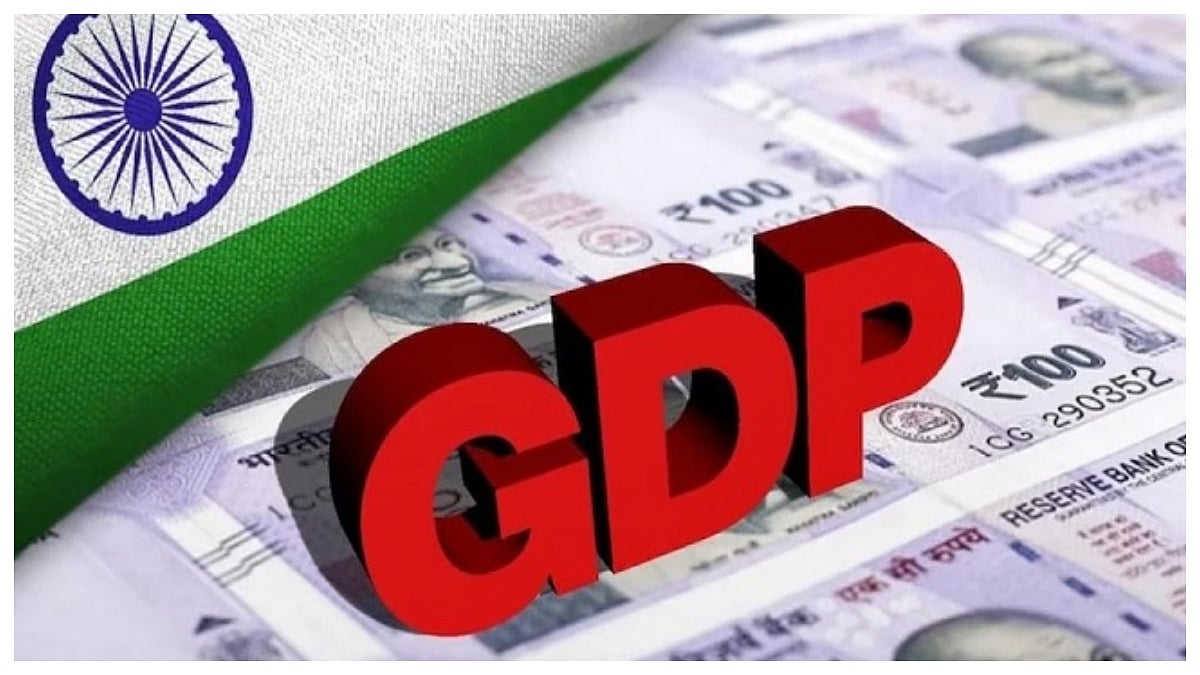Free foodgrains, cylinders, and free healthcare or education, considered basic amenities globally, are being derided as freebies or “revadi” as part of a political debate in India. But for a country where almost 90 per cent can be categorised as low-income, if not below the poverty line, welfare schemes such as the Jan Dhan Yojana or free ration extended to 80 crore are crucial. To tackle issues with seamless distribution of benefits under such schemes and ensure they reach everyone, a unified database is being created in the country for all welfare initiatives.
Caste data to be absorbed by unified platform
The Ministry of Electronics and IT is collaborating with the NITI Aayog, to develop a digitised social registry, where the Socio Economic Caste Census and databases will be bundled into one platform. As per reports by The Economic Times, this single resource for all welfare schemes will be updated in real-time with information on people qualifying for each of them. The SECC is conducted once in 10 years, based on the national census, which makes its information dated after a few years, hence real-time updates can make a world of difference.
Role of scheduled-caste and scheduled-tribe status
Now the SECC of 2011 uses 14 criteria to exclude people from the list of welfare scheme beneficiaries, while five parameters lead to automatic inclusion, and seven factors are taken into account to make people eligible. This includes woman-led households, households with differently-abled members, and scheduled-caste or scheduled-tribe households.
How far does it change eligibility criteria?
On the other hand the social registry will reportedly focus on homelessness, landlessness, employment status, and assets for extending benefits, while caste or tribe aren’t mentioned. The digital registry is also aimed at including people who may have been added to the list of beneficiaries since the pandemic, but wasn’t eligible before that.
Direct benefit schemes are highly popular among the people in India, and the PM Jan Dhan Yojana was recently praised by the IMF as a logistical marvel for pulling off direct cash transfer in a country with 130 crore citizens.
Socio-Economic caste census may be bundled into one welfare database; here’s how it affects beneficiaries
Reports suggest that the digital social registry will be updated in real-time, with a focus on employment status and assets to determine eligibility, while the SECC used seven factors including caste.
FPJ Web DeskUpdated: Monday, October 24, 2022, 12:38 PM IST

Representational image |
RECENT STORIES
Non-IT Sectors Lead India's 2025 Hiring Surge; Hospitality Up 23%, Education 28%

India's GDP Growth Projected At 7.5% In FY26: CareEdge Report

66% Employees Willing To Take Pay Cut For Better Workplace Culture: Report

Tata Electronics Partners With Japan's ROHM To Manufacture Semiconductors In India

Crystal Crop Protection Files DRHP For IPO With ₹600 Crore Fresh Issue
